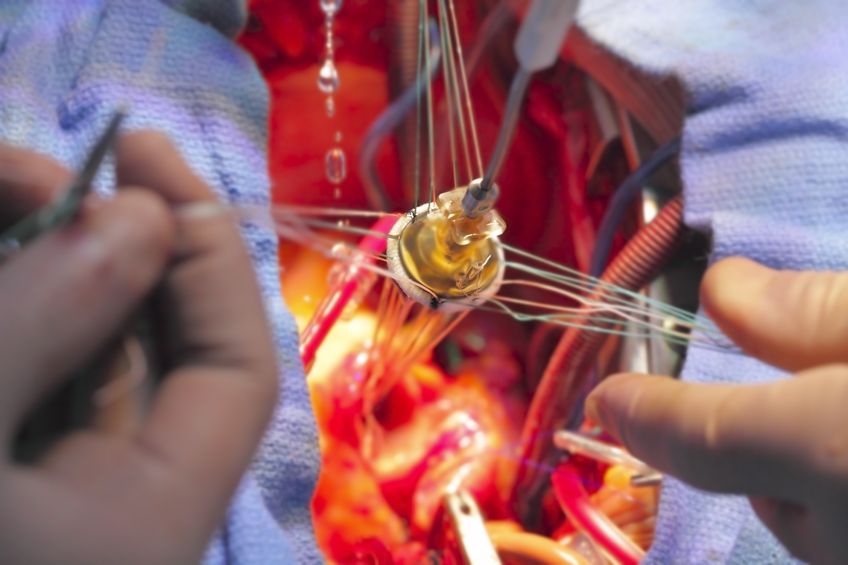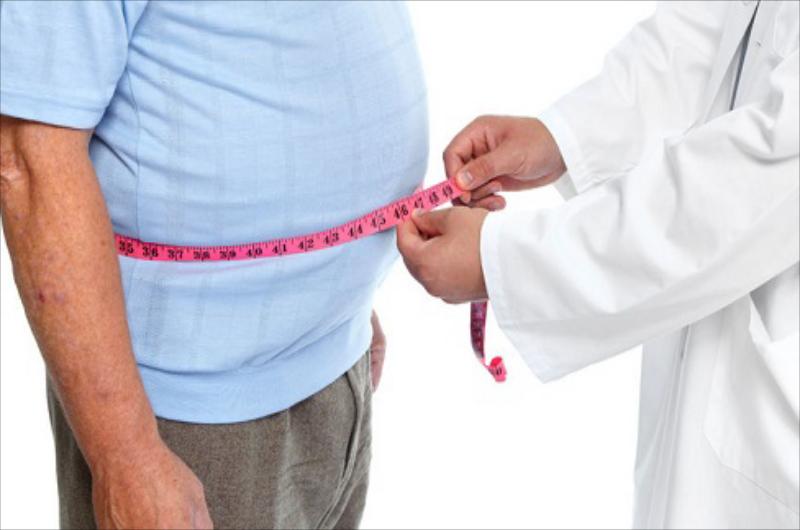About Treatment
Reconstruction of heart valves is a common procedure performed to restore the health of people suffering from insufficiency or narrowing of heart valves. Usually it is performed for patients who did not benefit from drug therapy or a worsening condition requires surgery for health reasons.
What is heart valve disease?
A person has four heart valves. Each individually or in combination can pass blood back (insufficiency) or be narrowed and not leak blood in sufficient quantities (stenosis). If this defect arose during life, then it is acquired, and if before birth (it does not matter when it was diagnosed after birth), then we are talking about congenital defect. Acquired defects often arise as a result of rheumatism. Bicuspid aortic valve wears out faster and calcifies in 50-60 ages. Also often observed age-related calcification of the valves (often aortic or mitral) or their insufficiency.
Operation
In most cases, with mitral insufficiency and, in some cases, aortic valve insufficiency, valve repair (reconstruction) can be performed, and in most cases, valve replacement is performed for stenosis. When implanting a mechanical valve that works all life without replacement, life-long dilution of blood with a special medication is necessary, and the biological valve does not require additional medications, but is prone to degeneration (destruction), which occurs after 10 - 20 years, depending on age of patient at the time of surgery. In this case, a repeated valve replacement operation is required.
The purpose of valve surgery is to normalize blood flow in the heart and avoid additional stress on the heart. The main strategic task solved by surgeons is, if possible, to preserve patients own valve. Such an operation provides a reduction in the need for medicines and improves physical endurance, duration and quality of life.
With rheumatic, degenerative, or infectious lesions of the heart valves, there are two main methods of treating acquired heart defects - a prosthetic valve with a mechanical or biological prosthesis, or the most preferred method is a valve-saving operation in which a pathologically altered valve is reconstructed.
Despite the fact that the service life of a mechanical prosthesis is unlimited, the main disadvantage of prosthetics using a mechanical prosthesis is the constant anticoagulant therapy throughout life, which is characterized by hemorrhagic and thromboembolic complications. Patient has to take the drug, which reduces blood coagulation and requires periodic laboratory monitoring of blood coagulation.
When using biological prostheses, there is no need to use this drug and control coagulation, however, the life of the bioprosthesis is limited. Biological prostheses are preferable to use in people of an older age group. The older patient’s age, the longer the prosthesis’s life.
Operations on heart valves are performed using cardiopulmonary bypass, which replaces the function of the heart. Blood from the heart enters a special device, where it is enriched with oxygen and returns again to the body.
After the operation, accesses to the heart are sutured in layers, a bandage is applied, and patient is transferred to the intensive care unit, where they wakes up and are monitored for about two days. As a rule, on the third or fourth day, patient is allowed to get up and walk. Patients are usually discharged 12 days after surgery. Upon discharge, the patient receives further recommendations on lifestyle and taking the necessary medications.
When does hospitalization take place?
Usually patient is hospitalized one day before surgery. This is enough for a full examination before surgery. At the same time, you will receive instructions on how to cleanse the lungs of mucus, you will be taught different methods of coughing and exercises for deep breathing. You will be able to meet a surgeon, cardiologist and anesthetist who will take care of you during and after the operation.
The operation usually lasts from 3 to 6 hours. The duration of the operation depends on its complexity and individual characteristics of the patient. Therefore, it is impossible to say in advance exactly how long this or that operation will last. Naturally, the more valves you need to operate, the longer the operation.
-
Duration of Procedure
The operation usually lasts from 3 to 6 hours.
-
Hospitalization Period
12 days
-
One Week Before Surgery
Perform oral sanitation (visit dentist), as this will reduce the risk of infectious complications on the new valve.
Tell your doctor about all the drugs used, some of them must be canceled.
If you smoke, quit. This will improve your well-being before and after the operation. -
The Day Before the Operation
Shave, wash with a special solution, perform a cleansing enema.
Do not use deodorants on the day of surgery.
Do not drink or eat from the evening before the operation.
Usually, for some time after the operation, patients are on the mechanical ventilation apparatus (ALV). After the restoration of independent breathing, a fight against congestion in the lungs is necessary: rubber balls (or special devices) are suitable for this, which the patient inflates 10-20 times a day, thereby ventilating and straightening the lungs. The next task is the treatment and dressing of the sternum wound. After 7-14 days, skin wounds heal and the patient is allowed to take a shower.
During the operation, the sternum is dissected, which is then fastened with metal sutures, since it is a very massive bone and has a large load on it. You can do without a corset, however, there are cases when the operated patients had seams cut out and the sternum diverged, as a result of which repeated operations were performed, although not so large. Therefore, patients are advised to use a chest bandage.
Postoperative bleeding;
Inflammatory process of the postoperative wound;
Respiratory complications;
Heart rhythm disturbances;
Pain associated with nerve fibers, muscle spasm or dislocation of costal cartilage;
Encephalopathy;
Problems with a saved valve or prosthesis;
Heart weakness, perioperative myocardial damage, stroke, death.
You must contact your doctor if you feel the following:
Rapid breathing at rest or after a small load;
Heart rhythm disturbances;
Increase in body weight of 1 kg in one day, or 2.5 kg in 7 days, or swelling on the lower limbs;
Dizziness, weakness;
High temperature - above 37.8C;
Changes in the postoperative wound (redness, swelling, pain);
Chest pain.
Patients undergo a preoperative examination, covering laboratory and instrumental types of studies. Additionally consult with specialists of a different profile, they can also be prescribed CT scan of the brain. After the diagnosis, which allows to find out all the nuances of the disease, issues related to the operation itself are resolved. In the preoperative period, addictions should be abandoned and drug and physical therapy should be continued.
The operation should be performed if patient has:
heart failure;
severe stenosis of the aortic or mitral valve;
congenital and acquired pathologies;
fibrosis;
calcification.











